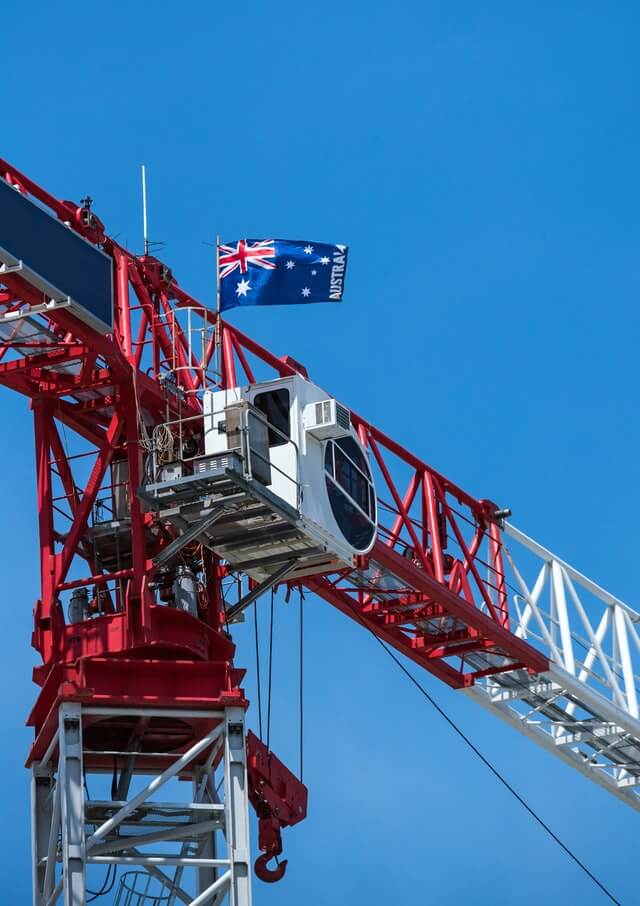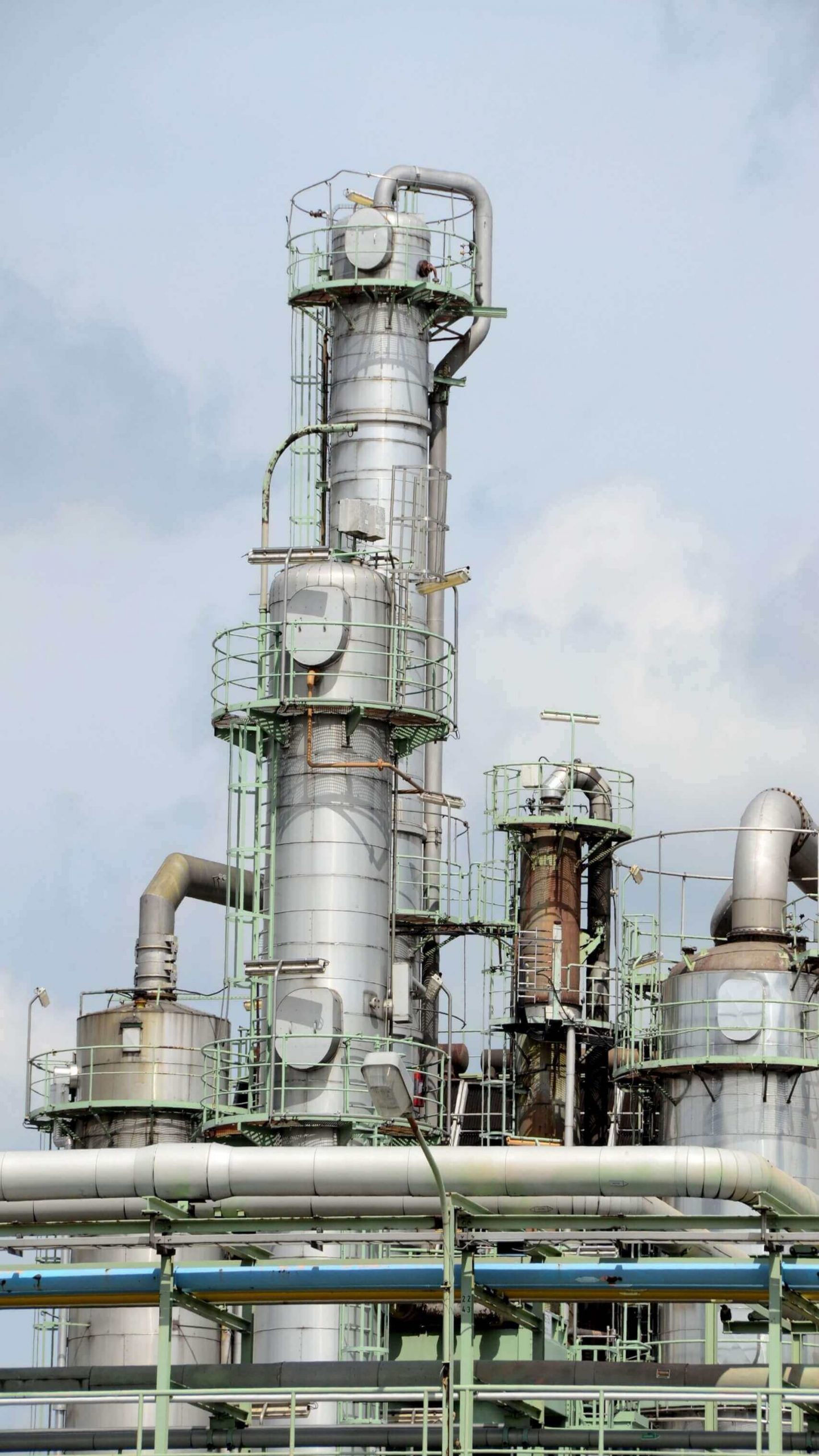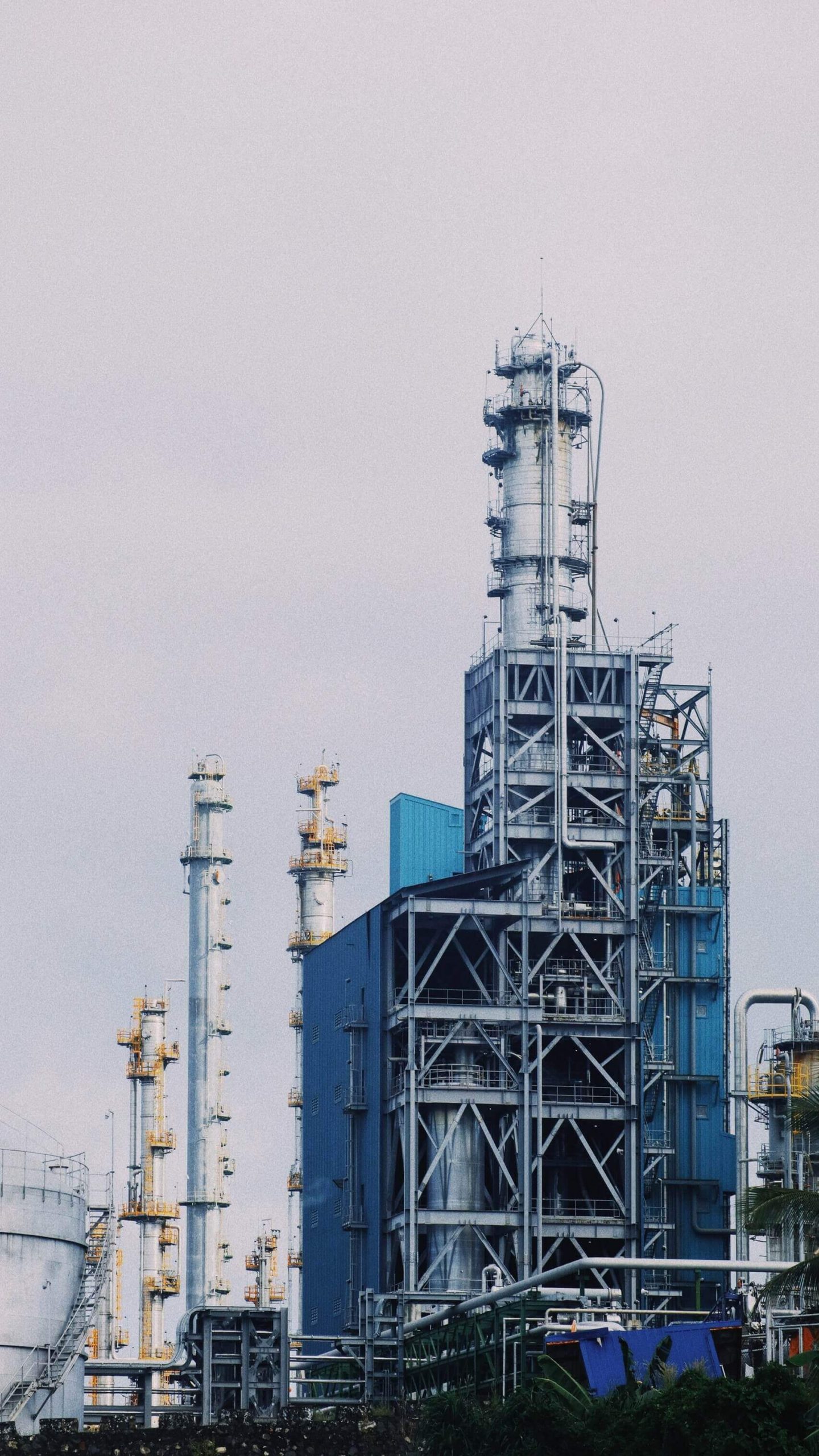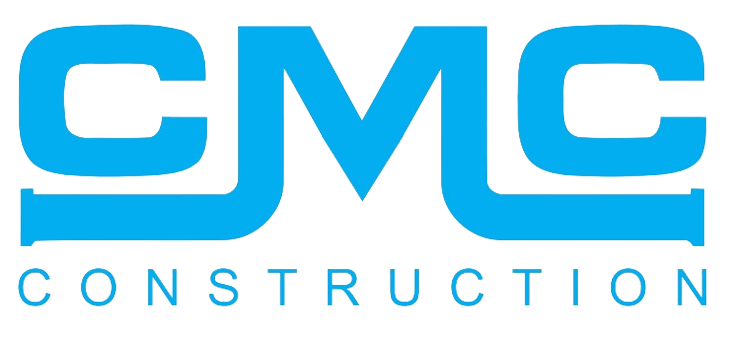Basic FEED deliverables Intermediate FEED deliverables Extended Feed deliverables
Front-End Engineering Design
Front-End Engineering Design (FEED), is an engineering design approach adopted before detailed engineering, procurement, and construction. It is an important engineering design phase that is used to control project expenses and thoroughly plan a project before bid submission. Benchmark studies have shown that FEED constitutes roughly 2% to 3% of the project cost but if it is properly executed, FEED projects can reduce up to 30% of costs during design and execution.
Repetition is the mother of all skills
Robust Database and Effective Engineering Tools
Effective Communication & Mutual Respect with stakeholders
Basic Engineering
At CMC, FEED means BASIC ENGINEERING that is conducted after the completion of the CONCEPTUAL DESIGN/EARLY PROJECT PLANNING or the FEASIBILITY STUDY/ANALYSIS for a project. FEED is also known as Front End Loading or Front End Engineering.
At this stage, before the start of EPC (Engineering, Procurement, and Construction), various studies take place to figure out technical issues and estimate rough investment costs. This work is normally contracted to EPC contractors, as an optional contract or through bidding. The product of the activity is called the “FEED Package” which amounts to dozens of files and will be the basis of bidding for the EPC Contract.
Inputs required for FEED Project
Roughly the following inputs are required to proceed with a FEED project
-
FEED engineering Scope of Work
-
Feasibility Study Report
-
Location and Details of the area where the plant will be built
-
List of Applicable Codes and Standards
-
Customers technical practices
Overall, the FEED phase is considered an important and critical planning tool for project owners and developers.
types of feed project
Depending on the extent of the detailing required during front-end engineering design phases, FEED projects can be categorized into three groups: Basic FEED, Intermediate FEED, and Extended FEED.
Front End Engineering Design (FEED) Deliverables
Considering Piping Engineering as the basis, the front-end engineering design deliverables for a FEED project can be listed as follows:
BASIC FEED
-
Overall Plot Plan
-
PMS or Piping Material Specification
-
Tie-in Details
INTERMEDIATE FEED
-
Deliverables mentioned in Basic FEED
-
Piping Purchase Specification
-
Piping Layout Design Basis
-
Piping Stress Analysis Design Basis
-
Interface Register
-
Demolition Scope details/drawings
-
Concept Notes on the overall plot plan
-
The assumption on the design basis
EXTENDED FEED
-
Deliverables mentioned in Basic and Intermediate FEED
-
Unit Plot Plan
-
Equipment Layout
-
Pipe-rack sections
-
Equipment Layout
-
Pipe thickness Calculation
-
Equipment Layout
-
Valve datasheets
-
Preliminary Stress Analysis for pipe routing/civil loading
-
Piping Support Standard
-
Special Item list
-
Piping Standard Assembly Drawings
-
Piping Scope of Work
-
Preliminary 3D Model

Typical FEED engineering deliverables concerning the process engineering team are:
-
Process Flow Diagrams (PFD) and Preliminary P&ID Generation
-
Process modeling
-
Technical specification and design basis creation
-
Equipment specification and sizing
-
Safety devise sizing and selection
-
Full hydraulic calculations
-
Pipe Sizing
Client-Specific Requirements
A good FEED will reflect all of the client’s project-specific requirements and avoid significant changes during the execution phase. FEED contracts usually take around 6 months for smaller projects to 1 year to complete for larger-sized projects. During the FEED phase, there is close communication between Project Owners and Operators and the Engineering Contractor to work up the project-specific requirements.
Front-End Engineering focuses on technical requirements and identifying the main costs for a proposed project. It is used to establish a price for the execution phase of the project and evaluate potential risks. It is typically followed by Detailed Design (or Detailed Engineering). The amount of time invested in Front-End Engineering Design is higher than a traditional quote because project specifications are thoroughly extracted and the following typically developed in detail:
-
Project Organization Chart
-
Project Scope
-
Defined civil, mechanical, and chemical engineering
-
HAZOP, safety and ergonomic studies
-
2D & 3D preliminary models
-
Equipment layout and installation plan
-
Engineering design package development
-
Major equipment list
-
Automation strategy
-
PFD - Process Flow Diagrams and P&ID - Piping and Instrumentation Diagram
-
Project timeline
-
Fixed-bid quote
Traditionally, all of these documents would be developed in detail during a design review after a quote has been agreed to. A company using FEED will develop these materials before submitting a quote.


CMC FEED Methodology
FEED is a way of looking at a project before completing the detailed design. There is no set way to conduct a Front-End Engineering Design study. Generally, FEED requires an engineer or a group of engineers to thoroughly and logically consider a proposed project. Example considerations may include:
- Degree of automation– depending on the application being considered, automation may or may not be appropriate. Determining the amount of automation in the project will help determine equipment, labor costs, layout, and design.
- Rates and levels– to hit a certain rate or level of, for example, production, a certain amount of equipment, materials, and automation may be required. Determining key rates and parameters will have a great effect on overall project costs and timeline
- Material specifications– Not all materials work well together or can withstand physical application. A basic engineering discipline is determining materials of construction, material compatibility, etc.
- Standards and guidelines– every industry has standards and guidelines, and many industries are regulated. Any equipment, production facilities, manufacturing lines, etc. developed for these industries must meet these standards and regulations and can have a major impact on costs/time to project completion
- Assumptions, Exclusions, and potential problems: FEED seeks to identify potential problems, assumptions, or exclusions that could affect the project during execution. Identifying these during the front-end planning stage so they can be accounted for is the goal of FEED.
Expansion plans
Feed also includes the outline and stages of Expansions to happen in the future, although the timeline is not specifically stated for such expansions. In such cases, the plot area allocated for expansion at a certain stage is usually not transgressed.
Time Duration for FEED Project
FEED projects are fast-track engineering projects. The time duration for a front-end engineering design project is normally less than one year. So, it requires enough experience to execute FEED projects with safety within a short period. Close communication between Project Owners and Operators (Client) and the Engineering Consultant is required to address all the client requirements in the FEED package.
Differences between FEED and Detailed Engineering
Both FEED and Detailed engineering are completely different terms in a project life cycle. FEED is the basic engineering to establish the project costing. Whereas Detailed engineering is the actual detailed project work for design and construction.

Need Help?
FAQs
Front-End Engineering Design (FEED), is an engineering design approach adopted before detailed engineering, procurement, and construction.
What is a FEED study?
The Front-end engineering and design process is one of the most important pre-project planning activities. A typical FEED study consists of producing technical documents, confirming product specifications, clarifying the project scope, and estimating the approximate project cost.
What is pre-FEED engineering?
Pre-FEED Engineering is a preliminary step that is usually undertaken before starting the basic engineering work. Pre-FEED engineering is an optional project phase and may be skipped. In the pre-FEED stage, the technical and economical feasibility of the project is sometimes confirmed. Depending on the nature of the project and uncertainties involved, a Pre-FEED work may be combined with conceptual work and studies.
What is the front-end of a project?
The front-end phase of a project is the initial phase of a project when the project idea is conceived. The front-end phase of the project ends when the final decision to start or not-no start the project is decided.
What comes after FEED Engineering?
Front-End Engineering Design identifies all technical requirements, potential risks, and approximate costs of the proposed project. Once there is a green signal for the project execution, Detailed Design Engineering or Detailed Engineering, or DD engineering comes in place. So, Detailed Engineering comes after FEED engineering.
Your wishes in our hands.
Unsurpassed level of service
Simple solutions for complex problems Discover how we deliver value to our clients.
Contact Us
Give us a call or send us a message to find out more about our Company, our culture, our solutions, or our services. Choose what suits you the best.
We work better when we all work together!
Join Our Team Your talent will shape our history
Our road to success lies in recruiting, attracting, and retaining the best people and developing them into professionals to excel in their respective fields.
We offer careers in different areas of specialties. If you believe you have what it takes to help us become successful, we would like to hear from you.
Join our team today, and together we will grow!



